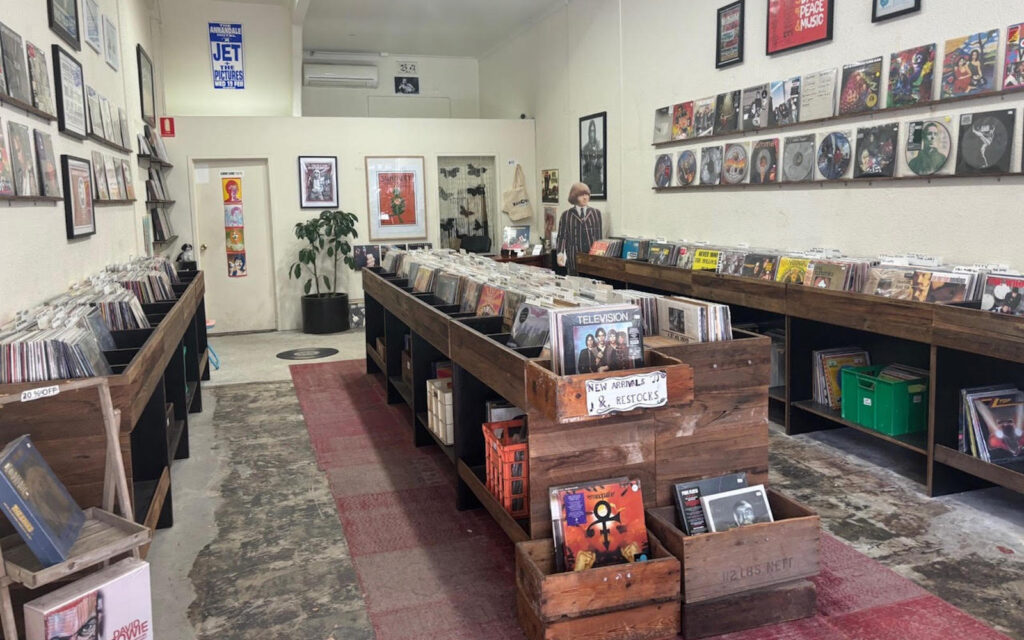“Well, Lisandro [Sona], my partner, he used to listen to a lot of national rock from Argentina,” Caivanosays. “I was more into electronic music, but I come from a very little town in the middle of Argentina, in the province of La Pampa. There was no internet, so all I could get was the local radio, or friends who were electronic music fans. What you could get access to was very hard techno, so I was into that because it was the only music I could hear – I didn’t know the whole world of electronica going on out there.
“But when we started to go out, the only music you could dance to was cumbia. The cumbia from Argentina was romantic, funny groups, like boy band groups. They were a little fake, but they were fun. And then came cumbia villera, which is cumbia from the slums in Buenos Aires. This whole music was cumbia talking about drugs, violence; the things that were going on in their life. So this took over the whole country, and we started to listen to a lot of that. There was a lot of interesting sounds in there, very creepy. Somehow we started to dance to that. You had no choice, you had to dance, and that was the first music we learned.”
As music fusions go, it is a fairly solid approach: take two very disparate genres and slowly stitch them together. Although the resulting sound was fun to explore, the pair were far from finished. From the perspective of someone who has never visited Latin America, its residents seem particularly attuned to the influences of culture and history, of layering impressions atop each other like the building of a wall. On this note, watch any Frikstailers video and the significance of computer games is hard to ignore.
“We were both fans of video games, and video games music, and I understood a lot about music listening to the very simple melodies and harmonies of video games,” Caivanosays. “Of 8-bit games in particular, old Nintendo games. Lisandro was more into PlayStation and he started making music with this old computer software. That was his first experience with a sequencer.
“At some point of life we met, studying sound to become technicians, and I gave him this sequencer I was using in computers, and it blew his mind and he started producing on his side. I was producing different stuff on my side, trying to find something I really enjoyed. So I was making ambient electronica while Lisandro was making IDM, intelligent dance music, and at some point we wanted to go onto dance floors. So we started working with that first music that taught us how to dance: cumbia. We wanted this idea, this project to be very entertaining. We didn’t want to just be one cumbia. So we went with the freestyle thing, and at the same time we wanted to be really freaky.”
Crop Circles is resplendent with ’80s synth sounds and psychedelic soundscapes informed by Super Mario Bros. Yet despite outside claims that the EP is a taste of things to come, Caivano is sceptical that Frikstailers’ sound will remain steady. “I think we are chameleons. Nothing has the same approach. It must start a spark inside of us. If it doesn’t we leave it.
“You are always trying to make something timeless, but that’s a big thing to try. It’s pretentious maybe, and it may be timeless and known by no one, that’s fine. Timeless doesn’t need to be popular.”
BY ADAM NORRIS







